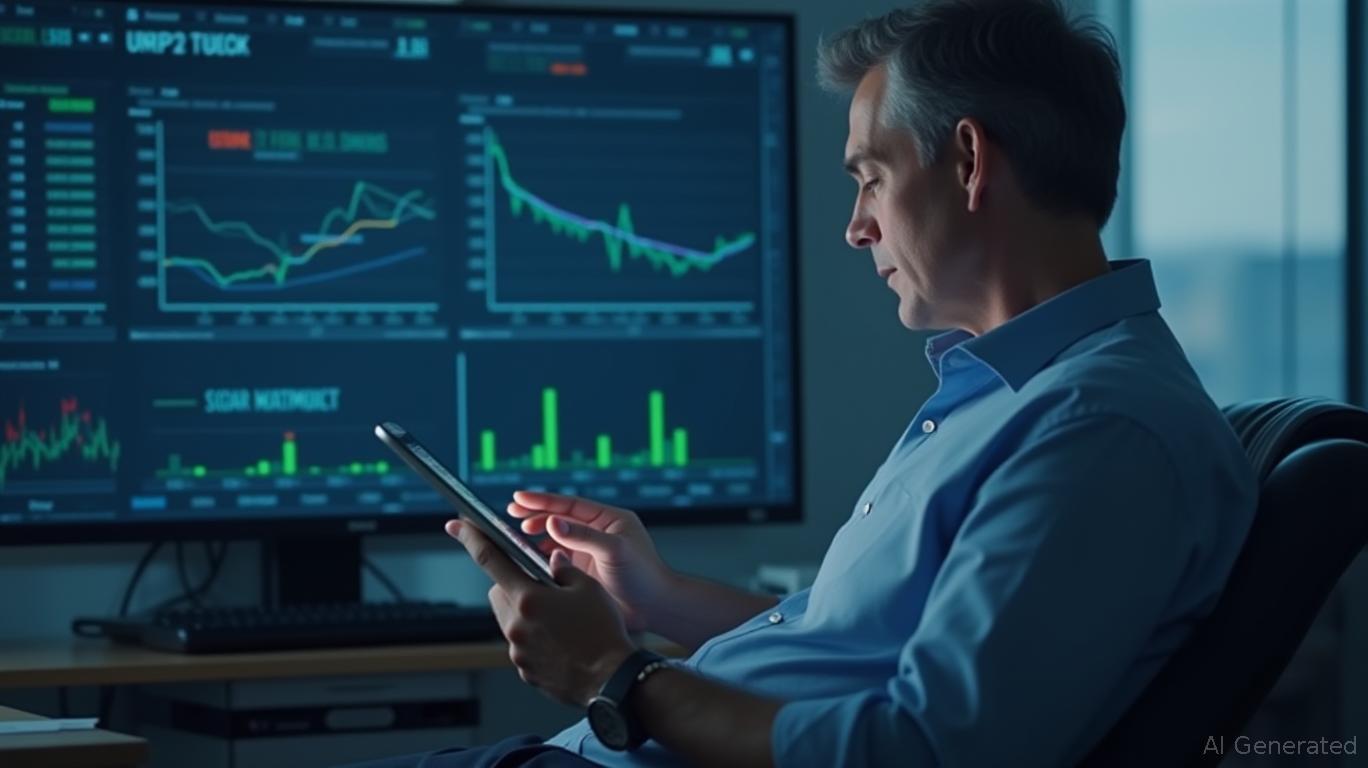Navigating the New Consumer Landscape: Positioning for Inflation-Driven Sector Shifts
The U.S. consumer landscape is undergoing a seismic shift as tariffs and inflation reshape spending habits. With pre-tariff inventory-driven boosts fading, businesses and investors must prepare for prolonged price pressures and a reshuffling of consumer priorities. This article examines how inflation-driven sector shifts are creating opportunities in defensive industries while threatening cyclical sectors, all against a backdrop of the Federal Reserve's cautious monetary policy.

The Tariff Inflation Tide
Recent data reveals a stark divergence in consumer behavior. The May 2025 Personal Consumption Expenditures (PCE) report showed a 0.1% decline in overall spending, with durable goods plummeting 3.8% year-over-year. Meanwhile, core inflation (excluding volatile food/energy) rose to 2.7%, nearing the Fed's 2.0% target. The culprit? Tariffs. Imported goods now face an average 15% tariff, with China's rate at 50%, driving price hikes in sectors like furniture (-5% sales in Q1 2025) and electronics (-8% in appliances).
Sector Winners and Losers
The shift toward essentials and services is clear. Healthcare and utilities—sectors insulated from tariff impacts—are outperforming. Healthcare spending grew 1.5% in 2025 despite broader economic headwinds, as consumers prioritize medical needs. Utilities, with their regulated pricing and inelastic demand, saw a 2.3% rise in spending, making them a haven in turbulent times.
Conversely, cyclical sectors face headwinds. Discretionary retail (e.g., apparel, electronics) is contracting, with
projecting a 0.2% decline in 2026. Housing remains stagnant due to 7% mortgage rates, while auto sales dropped 50% in May as buyers exhausted pre-tariff purchases.Generational Divide and Defensive Shifts
Younger demographics (Gen Z/Millennials) are leading the trade-down movement, with 75% cutting discretionary spending. They're turning to secondhand markets and generic brands—a trend favoring discount retailers like Dollar General (DG) and Amazon's private-label growth. Meanwhile, Baby Boomers are holding steady on services like travel and healthcare, boosting sectors like Amgen (AMGN) and UnitedHealth (UNH).
The Fed's Role in Sector Rotation
The Federal Reserve's “wait-and-see” stance is accelerating this shift. With core inflation near 2.7%, the Fed has delayed rate cuts despite slowing GDP growth. This policy ambiguity is pressuring cyclical stocks while elevating utilities and consumer staples. Investors should note:
- Utilities (XLU): Yields of 3.2% vs. 10-year Treasuries at 4.5% make them attractive for income seekers.
- Healthcare (XLV): Outperformed the S&P 500 by 8% YTD, driven by drugmaker R&D resilience.
- Avoid: Housing (XHB) and retail (XRT) remain vulnerable to further tariff hikes and rising delinquency rates.
Investment Playbook
1. Rotate into Defensives: Utilities like NextEra Energy (NEE) and healthcare stocks with pricing power (e.g., Eli Lilly (LLY)) offer stability.
2. Underweight Cyclicals: Reduce exposure to discretionary retailers and homebuilders until mortgage rates drop below 6%.
3. Monitor Fed Signals: A rate cut by early 2026 could spark a cyclical rebound, but investors should prioritize quality over yield.
Conclusion
The era of tariff-driven inflation is here to stay, reshaping consumption patterns for years. Investors ignoring this reality risk overexposure to vulnerable sectors. By focusing on essentials-driven industries and leveraging the Fed's caution as a catalyst, portfolios can navigate this new landscape with resilience.
Positioning for inflation-driven shifts isn't just about avoiding losses—it's about identifying the industries that will thrive in an era where every dollar spent counts more than ever.
Sign up for free to continue reading
By continuing, I agree to the
Market Data Terms of Service and Privacy Statement

Comments
No comments yet